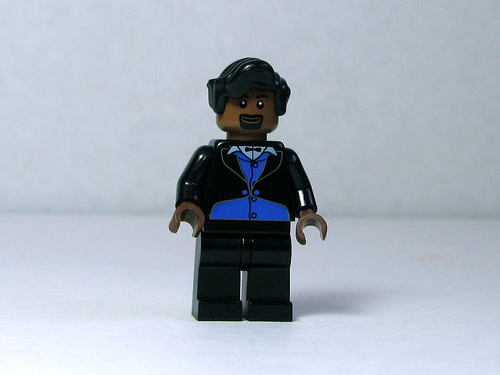History is rarely accurate when written at the time. The first comprehensive History of the Decline and Fall of the Roman Empire wasn’t published until 1776, and William L. Shirer’s The Rise and Fall of the Third Reich wasn’t published until 15 years after the end of World War II. And so it goes with the great Battle of Bricksburg, which took place October 1-4 at BrickCon in Seattle this year. Now, nearly three months later, thanks to the intrepid battlefield photography of Sean Edmison, we have an unprecedented view of this historic engagement between the Union and the Confederacy.
The idea for the Battle of Bricksburg was conceived during BrickCon 2014. We envisioned a realistic, historical contrast to our many years of sci-fi displays such as the original Zombie Apocafest 2008 and Numereji 2421.
In the end, about a dozen TBB readers and staff members participated in building a cohesive display that was assembled from individual segments as well as loose brick in the two days before the public exhibition hours on Saturday and Sunday. The display featured about a thousand troops, including cavalry, sharpshooters, supply trains, medical corps, and even a pair of ironclads on the nearby river.
Union troops charge forward in front of an 1800’s farmhouse built by Caylin. Another group of Union soldiers has captured some Rebels.
Our friends over at Beyond the Brick produced a video overview of the display, in which I describe some of the display’s highlights and show off details like the BrickArms stackable cannon balls that are hard to see in photos.
Particular thanks go to Will Chapman of BrickArms, who supplied huge quantities of stackable cannonballs, cannon muzzles, caplock muskets (by the thousand, in gallon bags), bayonets, cavalry sabers, and pistols. We would not have been able to achieve the level of historical realism in the display without these accessories, many of which Will custom-designed and injection molded in small batches by hand just for this display. Similarly, we relied on historical flags and unit banners printed and donated by Dave Ingraham of Cape Madness.
Click through to see more photos and details!











